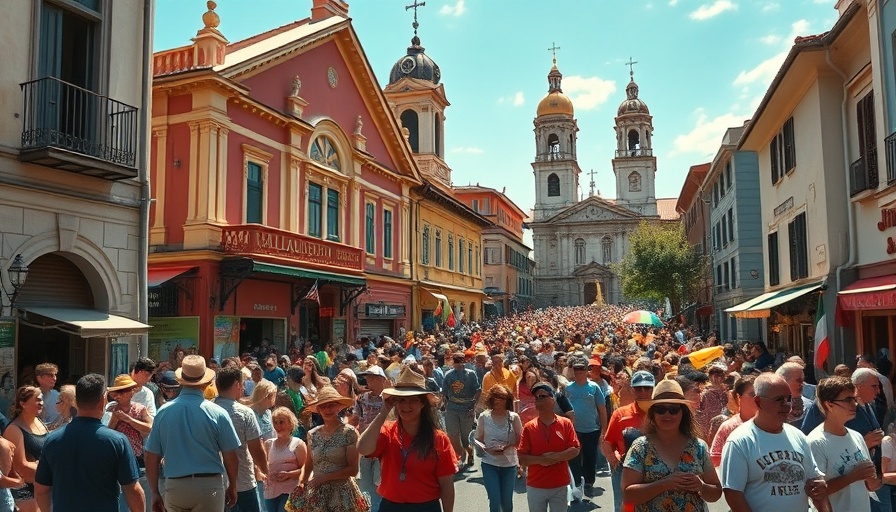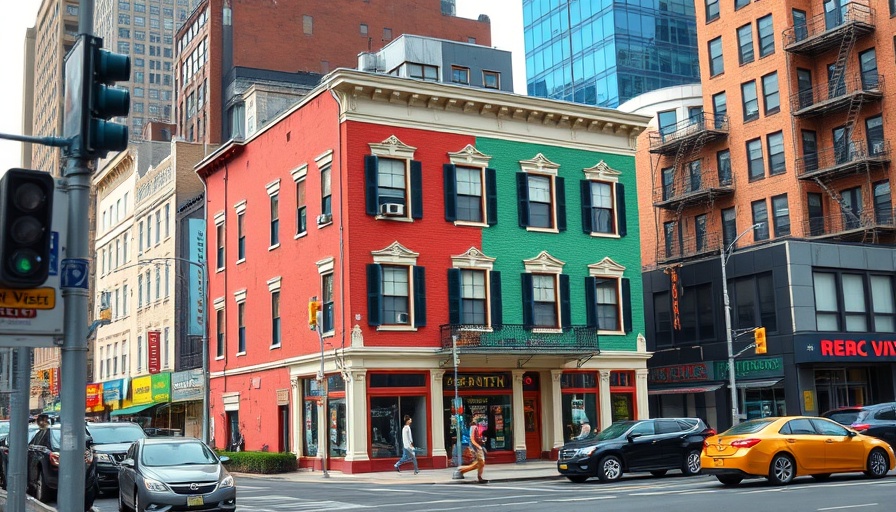
The Legacy of Italian Harlem: Tracing New York's Forgotten Little Italy
Once a bustling enclave of Italian life, Italian Harlem stood as a pillar of community and culture in New York City. Though much of it has faded into memory, it was a vibrant neighborhood that housed thousands, shaping the Italian-American experience long after many residents departed for new lives across the country.
The Immigrant Experience: Struggles and Triumphs
During the late 19th and early 20th centuries, waves of Southern Italians settled in East Harlem, fleeing poverty and seeking better prospects in America. This neighborhood became home to over 100,000 Italians at its peak, flourishing with family-run businesses, social clubs, and cultural celebrations. They created a sense of identity and belonging, virtually replicating their villages from Italy.
Pillars of Community: Culture and Traditions
Integral to the everyday life in Italian Harlem were its churches, especially Our Lady of Mt. Carmel, which has remained a cultural touchstone. Events like the annual Feast of the Madonna connected people, where traditions were passed down through generations. This rich festival culture, combining music, food, and community spirit, made Italian Harlem unlike any other place.
The Impact of Urban Development and Migration
As the 1950s rolled in, Italian Harlem began to transform. Economic shifts, such as the decline of industries that employed many Italian families, along with the rise of urban decay, prompted migration to suburbs and other states. Those who left often found new opportunities; some mingled with various cultures across America, which diluted their ties to their Italian roots.
What Remains: A Cultural Footprint in New York
Today, sporadic remnants of Italian Harlem exist, mostly preserved in the form of iconic restaurants like Rao’s and Patsy’s Pizzeria, where the past echoes through the recipes and ambiance. These businesses serve as reminders of a once-thriving community and highlight the enduring influence of Italian culture in Manhattan.
A Call to Remember
As the population of Italian Americans in Harlem dwindled, so did the physical markers of their cultural legacy. Today, there are no plaques or official recognition to denote the significance of Italian Harlem. As we reflect on the neighborhood’s impact in shaping America's multicultural landscape, it is crucial to remember and celebrate this vibrant chapter of New York's history.
To appreciate the depth of this narrative further, consider visiting ethnic festivals or attending community events that continue to embody the spirit of Italian Harlem. By doing so, you can play a role in preserving these stories for future generations. Here’s your chance to connect with history and keep the legacy of Italian Harlem alive!
 Add Row
Add Row  Add Element
Add Element 



 Add Row
Add Row  Add
Add 
Write A Comment